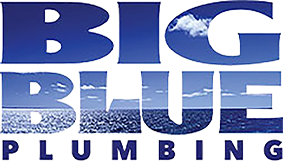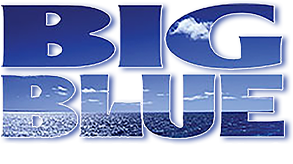The rain has done wonders for California’s drought, let’s just make sure it doesn’t leave any lasting damage to your home. A host of problems can surface during periods of heavy rain and when they aren’t fixed properly they can lead to other problems long after the rain has stopped.
For example, when a rain water sump pump fails, water fills up a low level basement and this can flood out water heaters and destroy other connecting appliances such as washing machines. During heavy rains, sewer lines can back-up with rain and sewage, which is particularly problematic when your rainwater pump is connected to your home sewer system.
And, long after the rain has stopped, the residual moisture can cause mold and mildew growth. This is not only bad for your general health but it also encourages subterranean insects to come to the surface which can lead to nasty insect infestations.
The first step in protecting your home is ensuring you have the proper pump installed. Fortunately, every technician at Big Blue Plumbing has been trained in all aspects of rainwater sump pump installation. And, with these special offers you’ll never pay more for exceptional service. Give us a call today—(510) 939-7870!
THE WRONG SIZE
When the pump is undersized it can cause short cycling, which in turn causes it to burn out and fail.
IMPROPER FILTRATION
When a rainwater pump is not surrounded by drain rock, then mud and debris can enter the pump and clog its inlet, which also causes the pump to burn out and fail.
DANGEROUS ELECTRICAL CONNECTION
Often, we see electrical connections that are sub-standard and at times dangerous. Sump pumps should never be connected to extension cords. For safety’s sake, a dedicated power outlet should be installed at around 4’ above the ground.
POOR DISCHARGE
Discharge should be installed with hard pipe (not a hose) with a check valve and run all the way out to the street. When the discharge is piped too close to the house and pump, the rainwater just trickles back into the pump causing it to continually cycle and the pump to prematurely burn out.
OLD PUMP
Guess what? Pumps don’t last forever! Don’t wait for it to fail before you replace it. Pumps should be replaced every 5 years. You’ll thank yourself next time the rains come.
INSUFFICIENT NUMBER OF PUMPS
How many pumps you need depends on the size and shape of your home. It’s not uncommon for homes to require more than one pump. Additionally, the number of pumps you have will also affect the size of the discharge pipe. More pumps, typically means a larger discharge pipe.
SEWER CONNECTIONS
Sump pumps connected to the sewer inevitably lead to sewer back ups. It also really upsets East Bay Municipal Utility District. When it rains, millions of gallons of water enter the sewer system from sump pumps (and from broken sewer lines) and all of this ends up in the waste treatment plant. When too much enters the plant, the excess overflows straight into the bay—and we’re not just talking excess rainwater here, we’re talking raw, untreated sewage!

